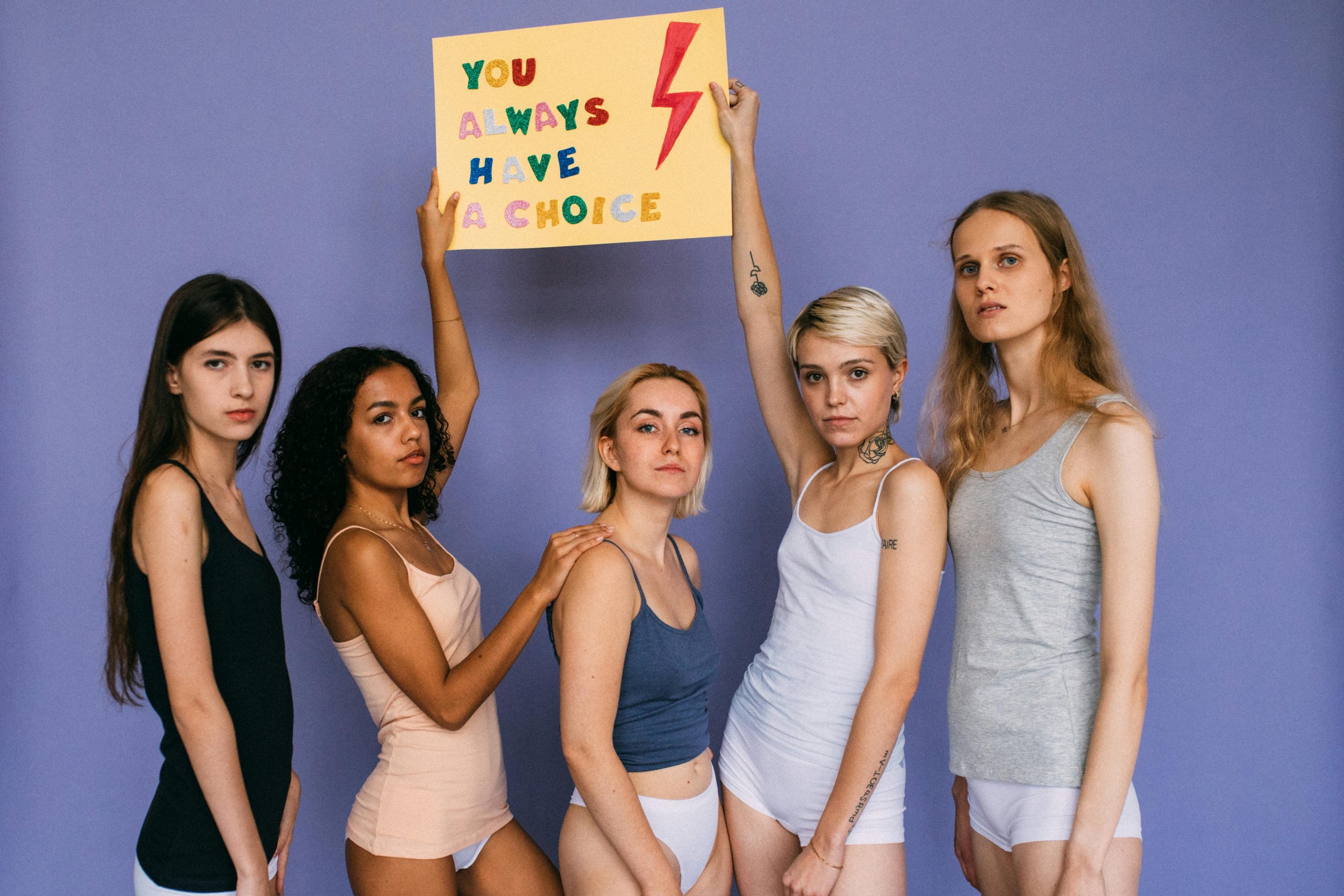Discovering Tools for Crafting Stunning Light and Dark Mode Color Palettes
As a designer or developer, creating the perfect color scheme can be a daunting task—especially if you’re not particularly confident in your color choices. Fortunately, there are some fantastic tools available that can assist you in generating cohesive color palettes for both light and dark modes, starting with just one base color.
These intuitive platforms empower you to select a primary hue and seamlessly generate a complementary palette that works well in various lighting scenarios.
Why Color Palettes Matter
In today’s digital landscape, having a well-defined color scheme is crucial for user experience and visual appeal. A compatible palette ensures that your design is not only aesthetic but also functional across different viewing environments. Whether users prefer a bright interface during the day or a subdued, darker setting at night, your color choices can significantly impact usability and comfort.
Helpful Tools to Consider
-
Coolors.co: This versatile tool allows you to enter a base color, and it will generate matching palettes for both light and dark modes. You can explore endless combinations and even adjust shades as needed.
-
Adobe Color: Known for its robust features, Adobe Color lets you create bold palettes. Start with a base color and test various color rules to see how they translate across light and dark themes.
-
Material Palette: If you’re looking for a more playful design, this tool helps you select your primary color and automatically generates a set of colors that fit various materials, ensuring readability and aesthetic appeal in both light and dark modes.
-
Paletton: Paletton is user-friendly for those who might not have a strong background in color theory. After picking a base color, it provides you with customizable options that cater to different modes, perfect for creating cohesive designs.
Conclusion
Finding the right tools can make all the difference in crafting an engaging color palette for your projects. With just a base color, these resources enable you to create appealing visual experiences tailored to universal user needs. So why not try out one of these excellent platforms and see how they can enhance your next design? Happy designing!


2 responses to “Generating Light and Dark Mode Color Palettes”
Finding the right color palettes for both light and dark modes can indeed be a challenge, especially if color theory isn’t your strong suit. However, there are several tools and resources available that can help you effortlessly generate harmonious color schemes for both styles. Here are some useful websites and tools to consider:
1. Coolors.co
Coolors is an incredibly user-friendly color scheme generator. You can start with a base color, and then lock it in while the tool generates complementary colors for both light and dark versions. To create palates suitable for both modes, you can review the generated palettes and adjust the brightness and saturation as needed.
2. Adobe Color
Adobe Color provides a vast array of color generation features, including the ability to create color palettes from a single color. Once you select your base color, you can utilize the ‘Color Wheel’ to explore analogous, monochromatic, triadic, and complementary colors. You can also use the ‘Accessibility Tools’ to ensure that your palette works well in both light and dark themes.
3. Paletton
Paletton is a great tool for generating color palettes based on a single base color. After selecting your base color, Paletton allows you to explore different color schemes and make adjustments in saturation and brightness. While it doesn’t specifically generate light and dark palettes, you can refine colors to suit either mode.
4. Color Hunt
Color Hunt is a curated collection of beautiful color palettes that’s easy to navigate. While it doesn’t generate palettes based on a base color, you can get inspired by existing light and dark palettes. Consider browsing through their collection to find combinations you like, and you can even perform your color adjustments on a tool like Photoshop or Figma.
5. Contrast Checker Tools
Once you have generated your palettes, it’s vital to check the contrast between your text colors and background colors. Tools such as the WebAIM Contrast Checker or Accessible Colors can help ensure that your chosen colors meet accessibility standards for both light and dark modes, promoting readability and user accessibility.
Practical Tips:
By utilizing these tools and tips, you’ll find generating appropriate color palettes for both light and dark modes to be a much more straightforward and enjoyable process. Happy designing!
Thank you for this insightful post! The importance of color palettes in enhancing user experience cannot be overstated, particularly as we move toward more flexible and user-centric design practices.
I’d like to add that beyond merely generating colors, understanding psychological color theory can significantly elevate your design choices. Different colors evoke specific emotions and associations, which can guide users’ responses to your content. For instance, warm tones might create a sense of comfort and energy, while cooler tones can evoke tranquility and professionalism.
Additionally, consider incorporating accessibility features in your design process. Tools like the WebAIM Color Contrast Checker can help ensure that your color combinations are readable for users with visual impairments. Striking a balance between aesthetic appeal and functionality is key.
Lastly, experimenting with tools like Figma and Sketch alongside those you’ve listed allows for real-time adaptation and feedback. Overlaying your designs in both light and dark modes during the creation phase can lead to a more fluid user experience.
Happy designing, everyone! It’s exciting to see how attention to detail in color selection can lead to more inclusive and effective design outcomes.